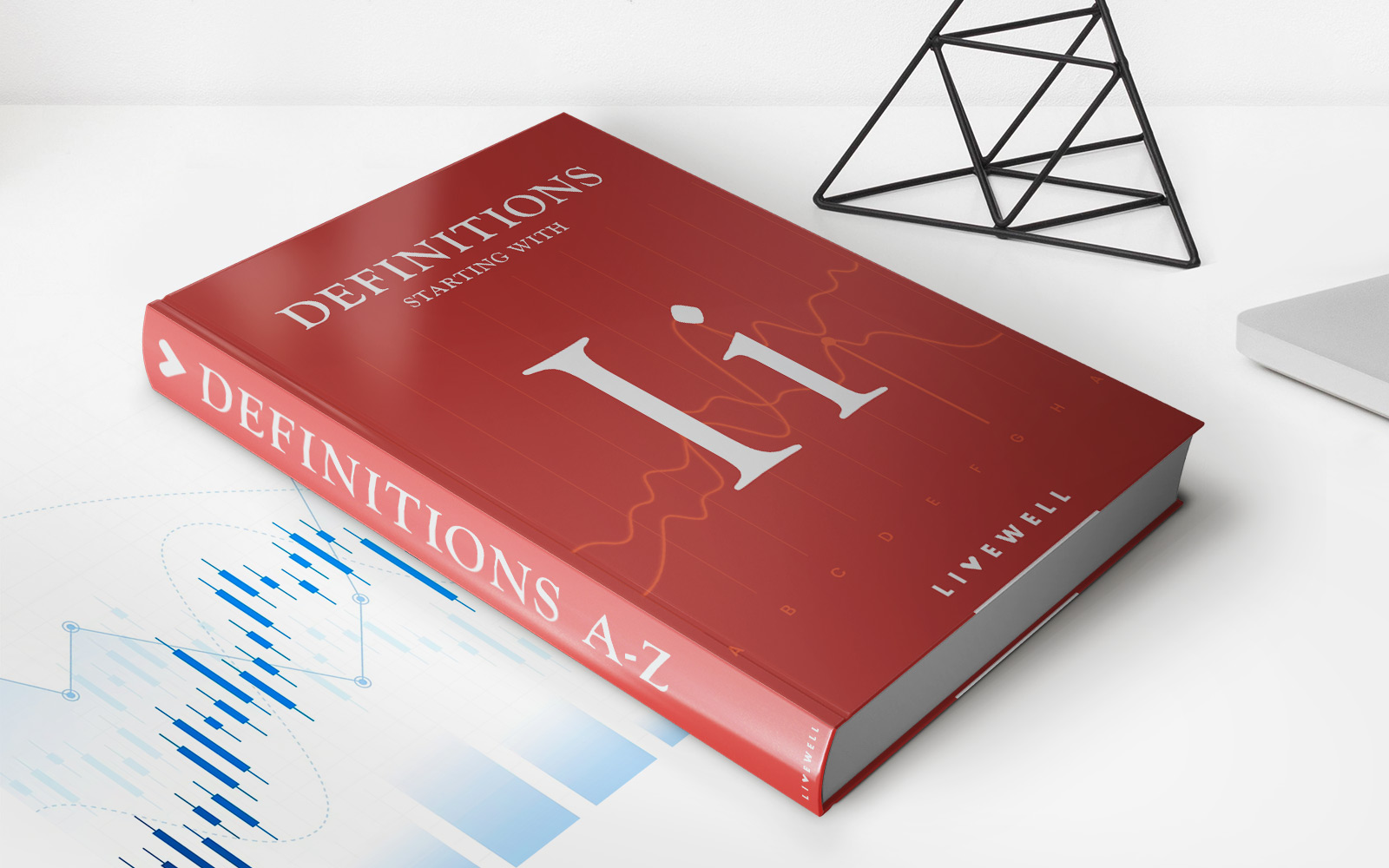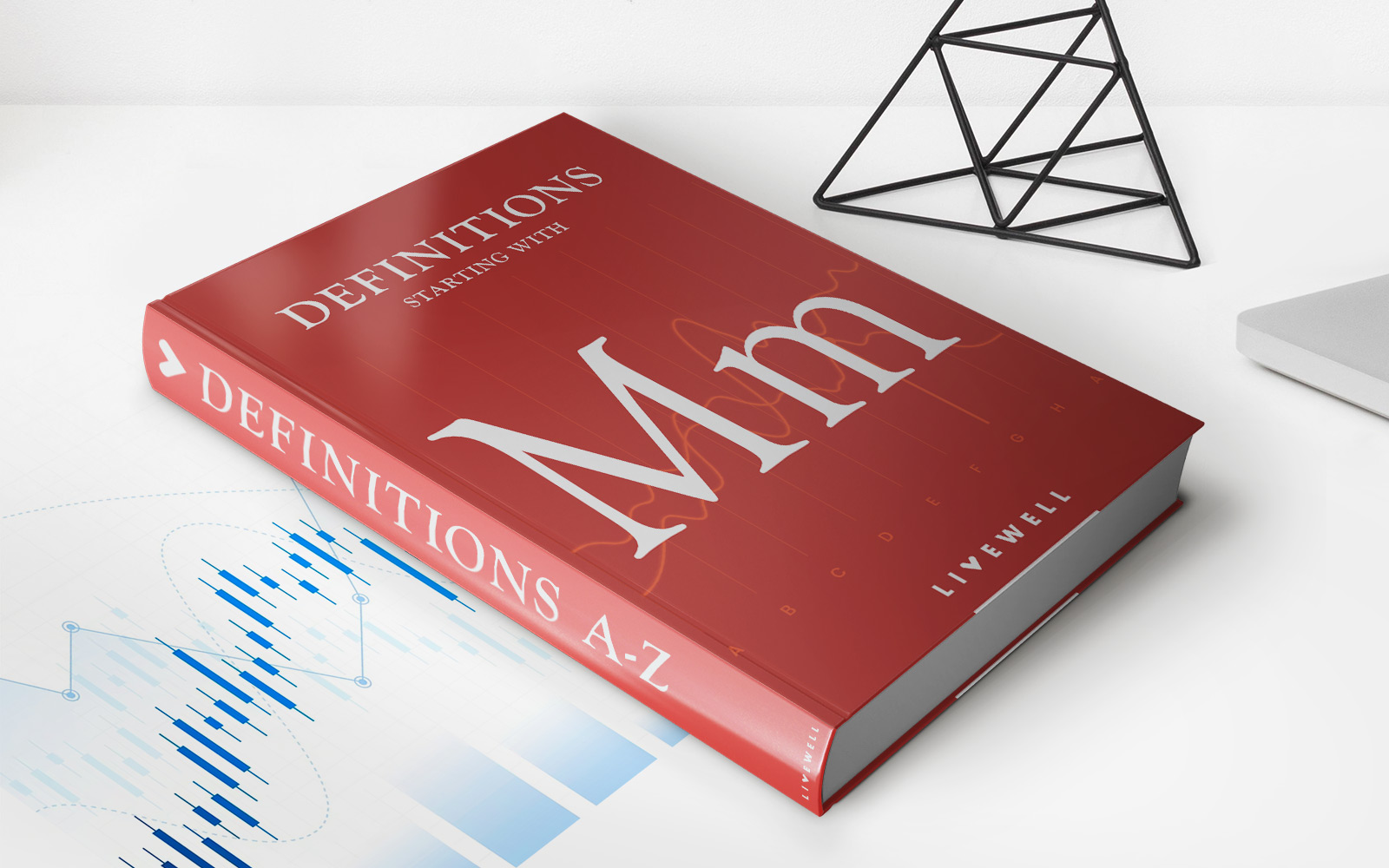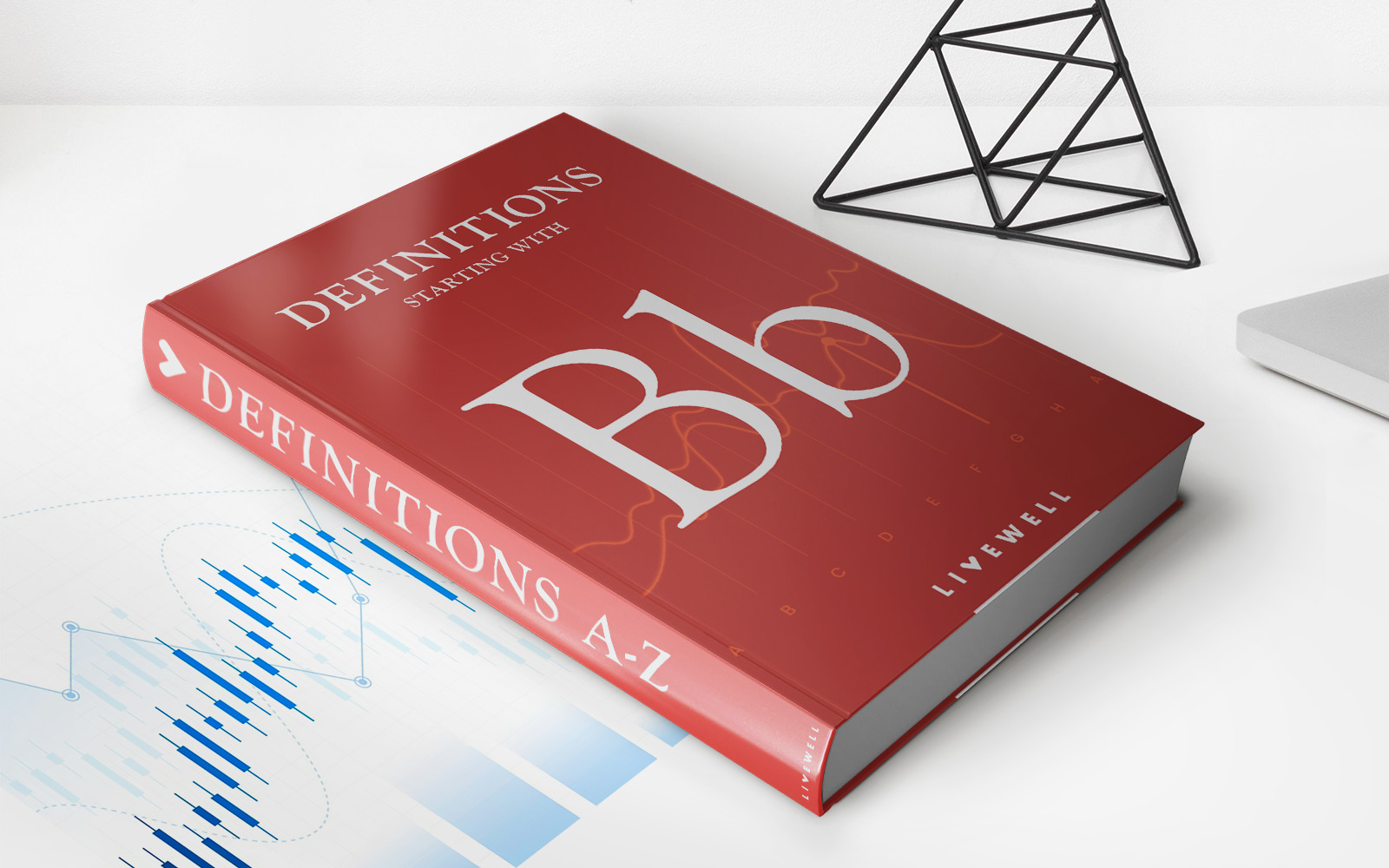Home>Finance>Fully Paid Shares: Definition, Example, Vs. Partly Paid


Finance
Fully Paid Shares: Definition, Example, Vs. Partly Paid
Published: November 29, 2023
Discover the definition and example of fully paid shares in finance, along with their comparison to partly paid shares. Gain insights into the world of finance with this informative article.
(Many of the links in this article redirect to a specific reviewed product. Your purchase of these products through affiliate links helps to generate commission for LiveWell, at no extra cost. Learn more)
Fully Paid Shares: Definition, Example, Vs. Partly Paid
Welcome to the FINANCE category of our blog! In this post, we will dive into the concept of fully paid shares and how they differ from partly paid shares. Whether you’re a seasoned investor or just starting out, understanding the different types of shares can help you make informed decisions in the stock market. So, let’s explore what fully paid shares are, provide an example, and compare them to partly paid shares.
Key Takeaways:
- Fully paid shares are stocks that have been paid for in full by the shareholder at the time of purchase, eliminating any outstanding payment obligations.
- Partly paid shares, on the other hand, are stocks where the shareholder pays only a portion of the total value upfront, with an agreement to pay the remaining amount at a later date or in installments.
What are fully paid shares?
Fully paid shares refer to stocks that have been completely paid for by the shareholder at the time of purchase. This means that there are no outstanding payment obligations or installments remaining. When you buy fully paid shares, you own them outright, without any additional financial commitments to the company issuing the shares. This offers a sense of security, as you won’t have any future payment obligations to worry about.
As a shareholder of fully paid shares, you are entitled to all the benefits and rights associated with owning the stock. This includes attending shareholder meetings, receiving dividends, voting on corporate matters, and participating in any potential capital appreciation. Without any outstanding payments, your ownership stake in the company is clear and unequivocal.
An example of fully paid shares
Let’s understand fully paid shares with an example. Imagine a company called ABC Inc. offers 1000 fully paid shares at a price of $10 per share. If you decide to purchase 100 shares, you will be required to pay the full amount upfront, which would be $1000 (100 shares x $10 per share).
Once you have paid the full amount, the shares will be transferred to your name, and you will become a shareholder of ABC Inc. Since you have paid the full value of the shares, you won’t have any outstanding payment or future obligations to the company. Your ownership will remain intact until you decide to sell the shares or there are any changes in the company’s structure.
Fully paid shares Vs. Partly paid shares
Now that we have a clear understanding of fully paid shares, let’s compare them to partly paid shares:
Fully paid shares:
- Shares that have been paid for in full at the time of purchase.
- No outstanding payment obligations or installments.
- Ownership is clear and unequivocal.
- Entitled to all benefits and rights associated with owning the stock.
Partly paid shares:
- Shares where only a portion of the total value is paid upfront.
- Remaining payment to be made in installments or at a later date.
- Ownership may be subject to change if full payment is not made.
- Benefits and rights may be limited until full payment is completed.
It’s essential to note that partly paid shares can carry more risk than fully paid shares. If the shareholder fails to make the remaining payments, they may lose their ownership stake in the company.
Conclusion
Fully paid shares are a secure and straightforward investment option, as they are purchased outright without any outstanding payments. By understanding the concept of fully paid shares and how they differ from partly paid shares, you can make informed investment decisions that align with your risk tolerance and financial goals. As always, it’s crucial to conduct thorough research and seek professional advice before making any investment decisions.
Thank you for joining us in the FINANCE category of our blog! Stay tuned for more informative posts on various financial topics.














